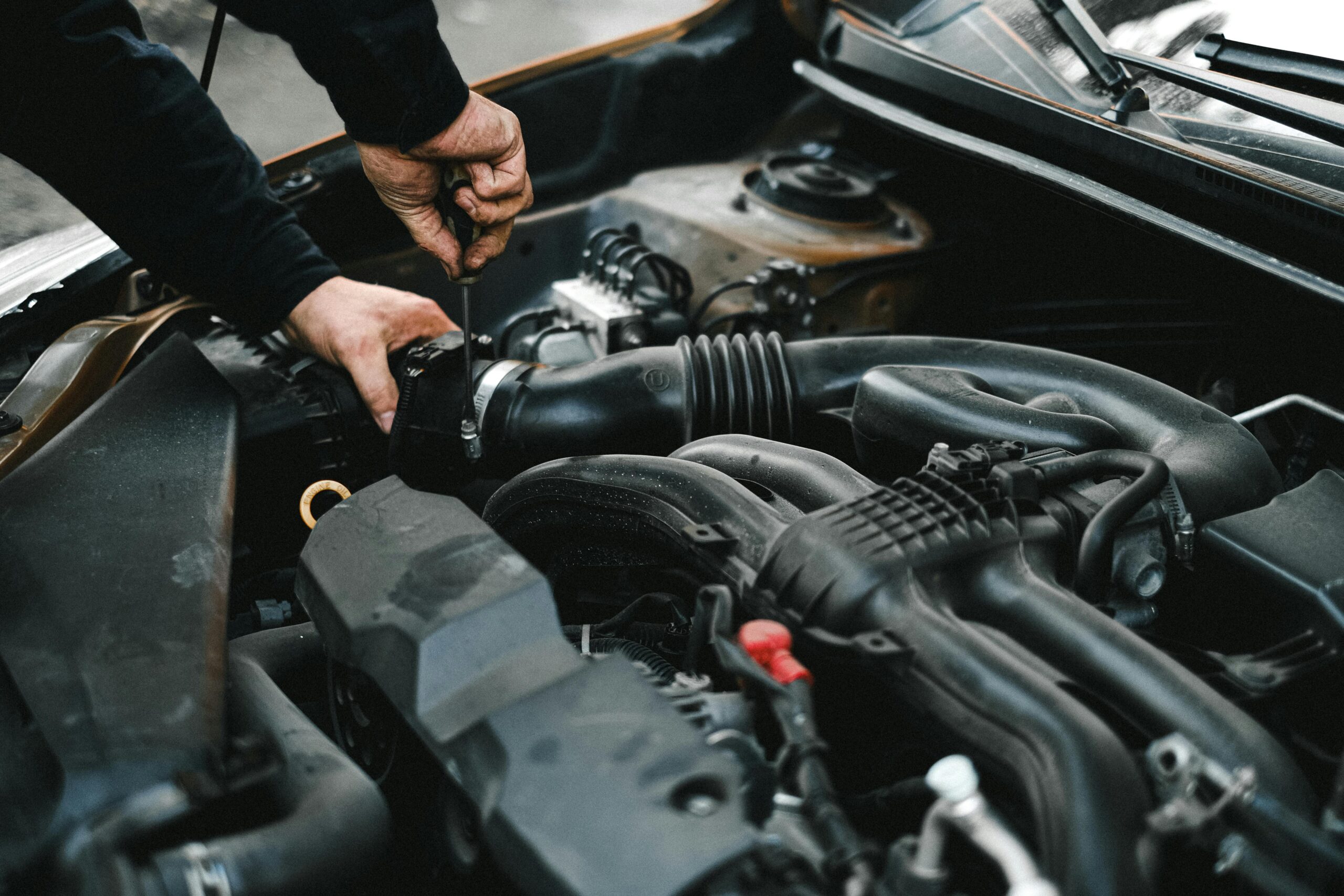A car’s engine is a modern marvel of advanced parts. Car engines come in a variety of shapes and sizes, and consist of four, six, or eight cylinders. These engines are typically arranged in a V, line, or flat shape. The different engine shapes are more suitable for certain types of cars. While it may be overwhelming to look at the entire engine and attempt to make sense of how it works, understanding it piece by piece can make learning how it works much easier.
To understand engines further, let’s look at its individual parts.
Engine Parts
Inside the cylinder are the pistons, which move up and down. Pistons are not meant to touch the cylinder’s wall, rather the pistons float inside them. They float on a thin patch of oil that lies beneath each piston.
Pistons pump back and forth and help to keep fuel and oxygen out of the oil. They also work to keep the oil out of the combustion chamber.
The pistons work together with the crankshaft, connected by a connecting rod. As the pistons move back and forth, they spin the crankshaft.

Pistons pump back and forth and help to keep fuel and oxygen out of the oil.
This moves us to the valvetrain. The valvetrain has a simple job: It allows air and fuel into the engine when needed.
These parts all combine to bring fuel and air into the engine to allow a car to move.
Now, on to the dynamics of a car’s engine.
Engine Function
The whole system is called the four-stroke combustion cycle, and it can be broken down into four simple words: intake, compression, power, and exhaust.
Knowing how your engine works will allow you to more intelligently engage with automotive service providers.

After the camshaft opens the intake valve and the piston moves down the cylinder, it creates a vacuum of air. Next the combustion stage pulls air and fuel into the combustion chamber. As the piston moves back up, the air and fuel begin to compress.
In the power cycle, a spark from the spark plug fires, which forces the piston back down and turns the crankshaft.
Next comes the exhaust stage. The exhaust valve now opens as the piston slides back to the top of the cylinder. As it moves up, the piston pushes the exhaust fumes out of the engine. As the crankshaft turns, it sends the power through the car and into its wheels. The more a driver accelerates, the more air and fuel mixture passes into the cylinders. That is what provides the car with its speed.
Knowing about how your engine works, and what parts make it work, will allow you to more intelligently engage with automotive service providers and give you additional confidence when it comes to maintaining your car.

